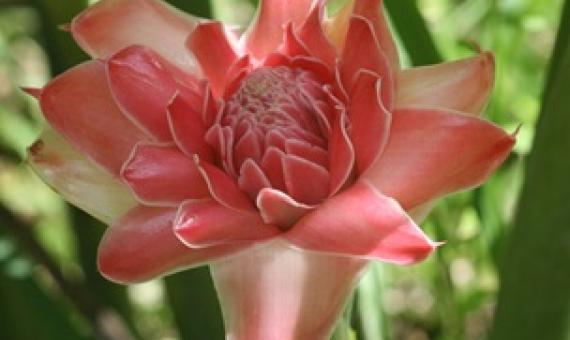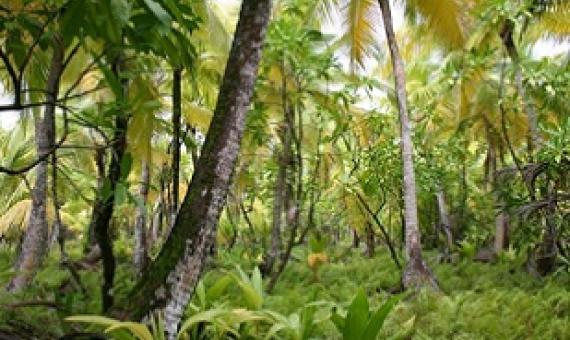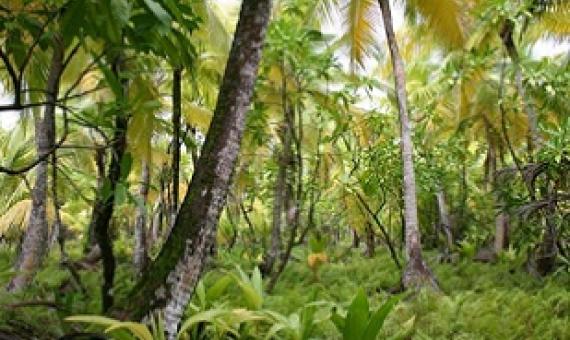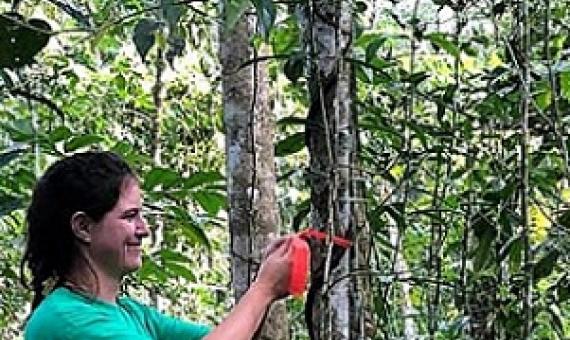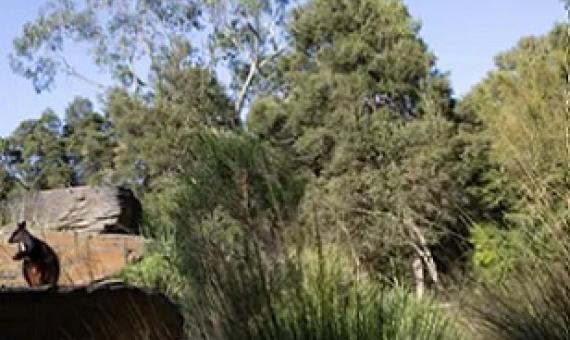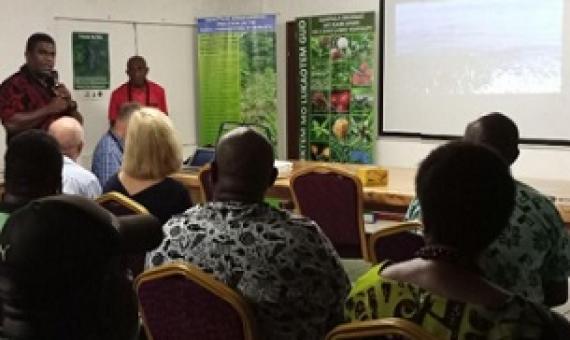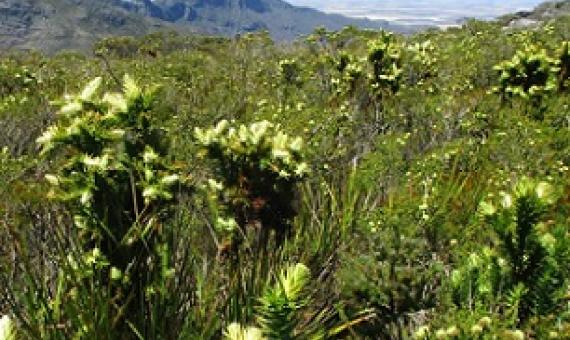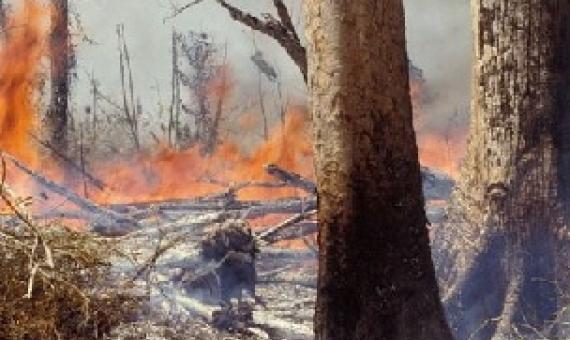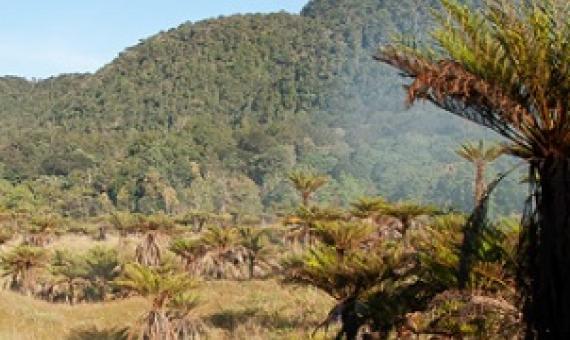A new study estimates that nearly half of the world’s known flowering plants are threatened. Scientists built an AI model using plants they know are threatened or safe, then used it to estimate how many others are threatened as well.
A study suggests that approximately 79% of Earth’s remaining natural vegetation should be protected to meet the international goals set by the United Nations on climate, biodiversity and development.
A trio of botanists, two from the University of Galway's School of Natural Science and the third from the University of Leeds' School of Geography, has found via testing that most smartphone apps that identify plants are inaccurate.
The Samoa Conservation Society (S.C.S.) is currently doing work on endemic plant species and has already identified 108 to study in more detail and work towards their preservation. The S.C.S.
Researchers at UC Santa Cruz are contributing new insights into the challenges plants face in adapting to climate change.
Australia needs to embark on an urgent mission to formally document more than half a million undiscovered plants and animals before they are lost to science and the planet.
The vital role of Vanuatu’s rich forest in sustaining livelihoods and the need to keep traditional plant knowledge and practices alive to inspire new generation to keep forests sustainable was captured in a documentary released recently...
When it comes to threatened species, charismatic animals usually get the most attention. But many of Australia’s plants are also in grave danger of extinction, and in many cases, the problem is getting worse.
Plants and fungi hold promise as future medicines, fuels and foods, according to the Royal Botanic Gardens, Kew. But opportunities are being lost to use this "treasure chest of incredible diversity" as species vanish due to habitat destruction and climate change.
A recent study in the journal Nature found that New Guinea has more plant species than any other island on Earth.The island has more than 13,000 species of plants, more than two-thirds of which live only in New Guinea.

